October 2016
INS DB5 Rev 9
Instruction sheet
MTL process alarm equipment
RTK DB5
MTL intrinsically safe sounder type DB-5
Eaton Electric Limited,
Great Marlings, Butterfield, Luton
Beds, LU2 8DL, UK.
Tel: + 44 (0)1582 723633 Fax: + 44 (0)1582 422283
E-mail: rtkenquiry@eaton.com
www.mtl-inst.com
© 2016 Eaton
All Rights Reserved
Publication No. INS DB5 Rev 9
October 2016
Description
The RTK DB5 sounder is a strong, lightweight warning
sounder, CENELEC certified to Ex II 1G EExia IIC T4 (Ta
-20°C to 55°C) with 26 user-selectable tones, and an
output level of over 100dB.
Also available certified to CSA, FM standards and for use
in mines.
Connection details
1 +ve common
2 +ve common
3 -ve 1
st
tone
4 -ve 1
st
tone
5 -ve 2
nd
tone
6 -ve 2
nd
tone
To generate the first tone simply connect supply +ve to
terminals 1 or 2, and supply –ve to terminals 3 or 4. To
generate the second tone simply connect supply +ve to
terminals 1 or 2, and supply –ve to terminals 5 or 6. Note,
if +ve is connected to 2nd sound, it will permanently
damage the sounder.
Each terminal is duplicated and internally connected to
allow for ease of connecting subsequent horns or end-of-
line (EOL) resistors.
Installation
Mounting
The sounder should be positioned using the two available
fixing holes in the base. It is recommended that stainless
steel nuts and bolts be used if the environment is corrosive.
The sounder will operate in any attitude, from horizontal to
vertical. However, it is important to note that the alignment
and mounting of the sounder should ensure that:
• Dust or debris cannot lodge in the re-entrant horn.
Water from hose’s, jets or rain cannot settle in the
re-entrant horn.
• The sounder should be installed in accordance with
certified parameters.
Removing and replacing the cover
Remove the cover/horn of the sounder by rotating the
top of the sounder anti-clockwise, and pulling the cover/
horn gently away from the base. Replacing the cover/
horn is a reverse process of the above, but care should
be taken to ensure that the seal is securely located in its
groove during re-assembly.
Wiring
Cable termination should be in accordance with
specifications applying to the application. It is
recommended that all cables and cores should be
fully identified. Ensure that only the correct glands are
used and that the assembly is shrouded. Refer to the
connection details below.
The twinned-pair inlet terminals and deep base are
convenient for looping to other circuits or for siting end-
of-line resistors. The base has three knockouts, two on
the side and one on the base, to accommodate a 20mm
conduit or M20 cable glands. The units are polarised and
a chain may be fitted with an “end of line” resistor for
reverse polarity testing and to permit line monitoring.
Recommended cable
0.5 to 2.5mm
2
with earthed screen and insulating
sheath. Cable parameters are determined by the output
parameters of the interface selected.
Safe area use
In safe areas, the sounders can be powered directly from
24VDC/12VDC. The absence of any current limitation
increases the output by approx 4dB.
Sound
The sound level for each of the individual tones in shown
in Table 2. This is assuming one DB5 set at full volume,
driven from a suitable IS interface. Where two sounders
are driven from the same IS source, the output will
decrease by 1.5dB. Three sounders will decrease by
2.2dB. A single turn potentiometer is provided to reduce
the volume level by a minimum of 15dB.












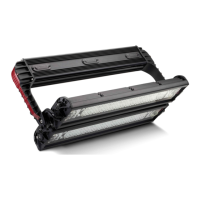
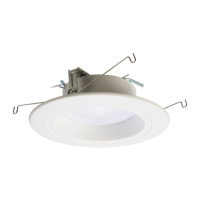
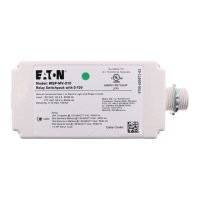
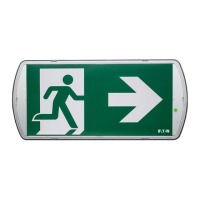
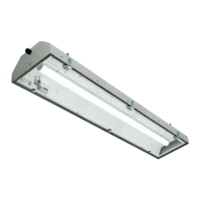
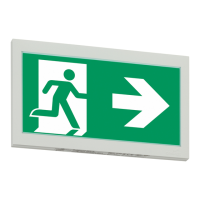
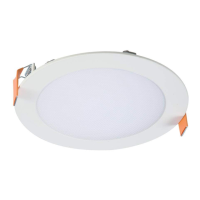

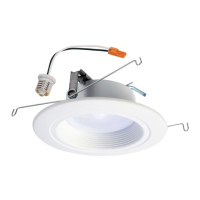
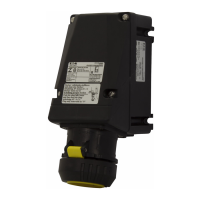
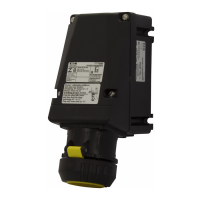
